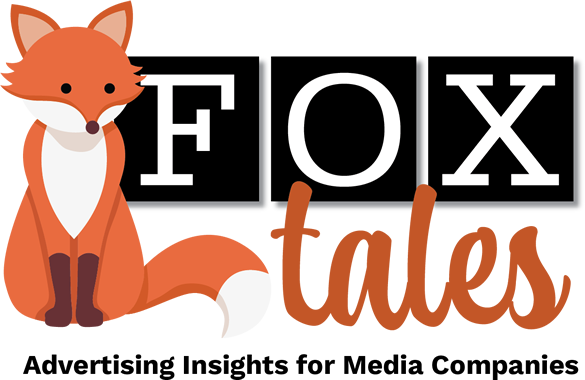Let’s talk about print media.
For two decades, media observers have declared it to be finished, in an inexorable decline, best maintained only while profitability slowly (or rapidly) declines.
But what if, after all these years, that narrative is flawed? Or what if new developments are rendering that conclusion obsolete?
With digital media caught up in the most far-reaching disruption since the rise of the internet in the mid-1990s, the question is timely and the evidence is compelling.
The disruption, of course, is AI. In those same two decades, media operators have come to depend on Google searches for web traffic. But with AI, Google is transforming itself from a referral service to an AI-dependent answer service. Media companies, who’ve spent countless hours learning the art of SEO, have hit a wall. It appears to be moving toward a near-zero click world. It’s being called “Google Zero.”

Bo Sacks.
A recent article in Adexchanger cited some scary numbers: HuffPost traffic down more than 50%, Business Insider down 55%, The Washington Post is seeing similar drops. And AI overviews now appear in more than 50% of searches. It’s an existential challenge.
But back to the role of print. There’s promise there, perhaps as a buffer against online traffic declines. For starters, print is stronger than it’s generally thought to be. In SIIA Media’s 2025 B2B Media Benchmark Report on Revenue and Cost Patterns, print has remained a primary revenue driver for respondents, with anywhere from 20% to 30% citing it as a top revenue source during the last three years.
“Print revenue is still almost 40% of our revenue at Annex Business Media, and the margins are decent,” CEO Scott Jamieson told SIIA Media Alert last year. “We’re seeing small declines each year, but it is manageable.”
“Print has gone from default to deliberate,” media consultant Greg Krehbiel, publisher of the Krehbiel Letter, reported in an SIIA Media Alert newsletter earlier this month. “It’s the right choice when publishers want impact.”
“I still have clients who are making good money in print,” B2B media veteran John French told SIIA Media Alert in the same article. “It’s still alive. Another CEO with a big portfolio told me that his decline in print is 4.5%. That’s not bad. He’s still making a lot of money on it.”
Even in an increasingly digital world, print apparently remains a reliable source of revenue.
Magazine-industry oracle Bo Sacks put it this way in a June 18 newsletter article: “AI doesn’t respect tradition. It doesn’t care about your editorial legacy or your brand equity. It prioritizes efficiency, speed, and utility, things publishers have often traded away in favor of ad models and audience gating. AI isn’t asking for permission.”
“Users aren’t clicking, they’re querying AI, and AI is answering without us,” Sacks continued.
“This isn’t just about discovery. It’s about control. AI doesn’t direct users to your site; it extracts your insights, repackages them, and moves on. You thought exposure mattered? Try invisibility.”
“The imperative is clear,” Sacks said. “Build for the AI-native era. A printed magazine isn’t scraped for data, isn’t rewritten by a bot, and isn’t diluted by automated summaries. Print must evolve by doubling down on what AI can’t do, long-form storytelling, investigative depth, and human perspective. AI won’t kill print; it will force it to define its value.
So ask yourself: Are you shaping the future of trust, or are you waiting for algorithms to decide it for you?”
